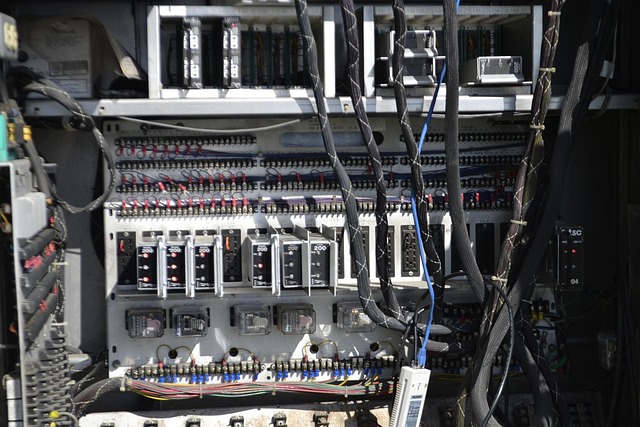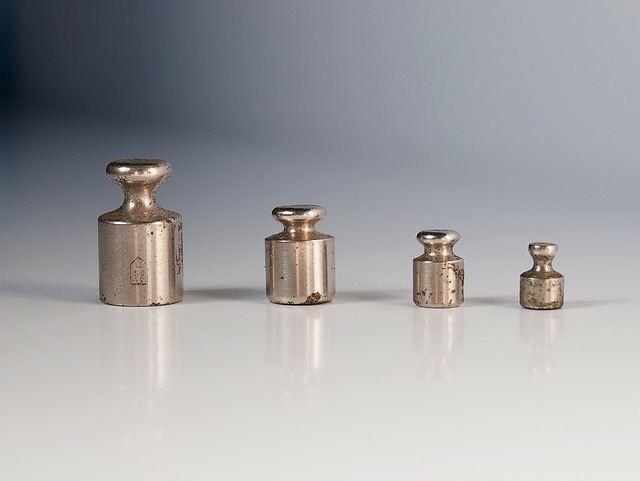As technology continues to advance at an unprecedented pace, the lines between our physical world and the digital realm are becoming increasingly blurred, ushering in a new age of immersive experiences. One of the most thrilling developments in this domain is the incorporation of force feedback technology in both virtual reality (VR) and augmented reality (AR). This innovation not only enhances user engagement but also enriches the sensory experience, making virtual interactions feel remarkably realistic.
At its core, force feedback technology simulates physical sensations, allowing users to feel” the virtual environments they are exploring. Imagine donning a VR headset and stepping into a fantastical landscape where the wind caresses your face, or feeling the weight of a virtual object as you pick it up. This level of interaction is made possible through sophisticated haptic devices that respond to user movements and actions, creating an immersive experience that transcends traditional gaming.
In the realm of the metaverse, where entire worlds are constructed digitally, the importance of force feedback cannot be overstated. It acts as the bridge linking users’ physical sensations to their virtual actions. When users can feel the reverberation of an explosion in a battle simulation or the gentle touch of a character’s hand during a social interaction, the experience becomes profoundly engaging. This tactile connection fosters a deeper emotional investment in the virtual world, making events and interactions profoundly memorable.
Moreover, in AR applications, where digital elements overlay the real world, force feedback can help users navigate and interact with both environments seamlessly. Imagine playing an AR game where the weight and texture of a virtual object perfectly match its physical counterpart, enhancing both gameplay and learning experiences. This merging of senses is a game-changer, offering unprecedented opportunities in education, training, and entertainment.
As developers continue to explore the potential of force feedback technology, we can expect VR and AR experiences to become even more sophisticated. Companies are already experimenting with various haptic feedback devices, such as gloves and vests, that offer nuanced sensations beyond simple vibrations. The future may hold gloves that simulate touch, allowing users to feel the temperature, texture, and resistance of virtual objects as if they were tangible.
Furthermore, the implications of force feedback extend beyond gaming. In fields such as medicine, scientists are developing simulations that can replicate surgical procedures, giving students and professionals the ability to practice with realistic sensations. This hands-on approach could revolutionize training, significantly improving skills and knowledge retention.
In the ever-evolving landscape of the metaverse, the integration of force feedback technology will undoubtedly shape how we interact with virtual spaces. As the technology continues to mature, the immersive experiences available to users will become more engaging and transformative, offering a glimpse into a future where the virtual and real worlds coexist harmoniously. The potential is limitless, and as we delve deeper into this exciting frontier, we are bound to uncover astounding possibilities that redefine our digital lives.




